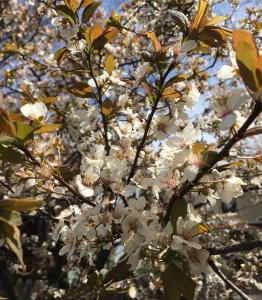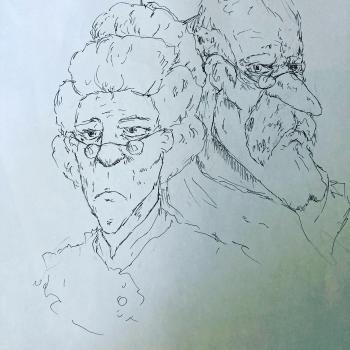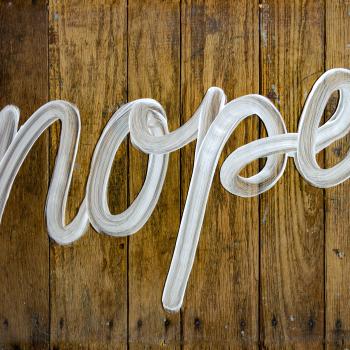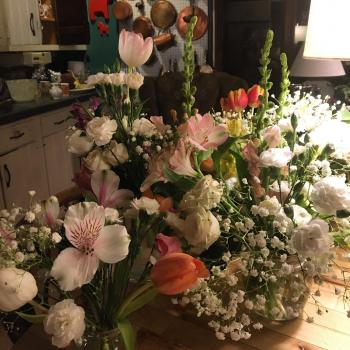Have got to rush about today, doing something or other, avoiding the rain probably, but wanted to drop in say that I’m nearing the end of two books that have been lately absorbing my attention. I actually want to write about them more than just a flung out word here, but you might be interested in them before I arrive at that exalted moment.
The first is Moral Combat: How Sex Divided American Christians & Fractured American Politics, and the second is What She Ate: Six Remarkable Women and the Food That Tells Their Stories.
Moral Combat has been a most illuminating, if difficult, listen. I’m finally up to the chapter on abortion, having spiritually suffered through passages in sex education, racism, planned parenthood, and Lady Chatterly’s Lover. Two things, briefly, that I’ve found helpful. One, it is written with an extremely jaundiced eye towards Christianity. It’s a sort of secular reckoning of the modern history of the church, both Protestant and Catholic, a calling to account of a very troubled and messy moral landscape. Trying to step out of the pew, as it were, and gain a view in from the outside, has been most beneficial, as so much the last hundred years of ecclesiastical moral shuffling has been awful, and embarrassing. Two, not being from here, and not having the most brilliant education in history (even at Cornell, where a slapdash what-do-you-feel-like-taking-oh-Literary-Theory-looks-interesting-if-useless was the name of the game) I had heard a lot of names and titles and events but really had no idea what they were. This book is filling in a lot of gaps for me. A most provocative and useful read and I hope to say more when I get to the end.
What She Ate is just plum wonderful. I’m in the chapter on Eva Braun and am wrapped up in a lurid Nazi food history, and her strange place in it. There is so much I don’t know, and certainly didn’t know about Braun and her relationship to Hitler. As the dishes roll by my stomach turns over and over in horrified wonder. I have yet to get to the food histories of Barbara Pym and Helen Gurley Brown, but floated through toothsome clouds of intimate curiosity in the chapters on Dorothy Wordsworth, Rosa Lewis, and Eleanor Roosevelt. Not only is the food fascinating, the women are, and the worlds that surrounded them.
I am going back and forth between the two, one chapter here, one chapter there, and find a much clearer picture of the last century coming into focus, which is helpfully illuminating so much of what I see right under my nose today. Can’t recommend them enough and hopefully will have more to say later.












